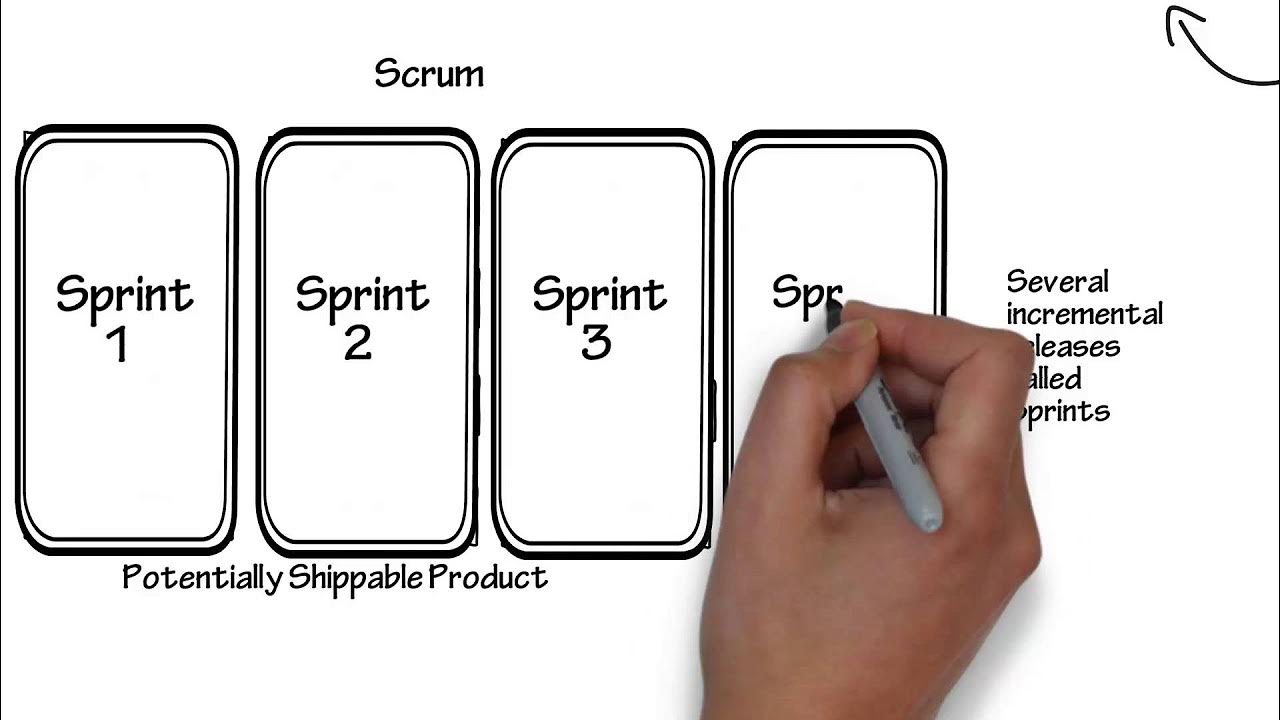Sprint Drills for Beginners (TOP 3 DRILLS)
Summary
TLDRIn this informative video, Cesar from the Sprint Project shares three essential drills designed to enhance sprint technique, which are crucial for runners and especially beneficial for beginners. He starts by identifying common mistakes in arm movement, leg landing, and posture, then introduces seated arm swings to refine arm motion, straight leg bounces to strengthen foot push-off, and the A-step to improve posture and foot strike. Cesar emphasizes the importance of practicing with high-quality technique over quantity of repetitions for effective results.
Takeaways
- 🏃♂️ The video is aimed at improving sprint technique, which is crucial for any form of running, especially for beginners learning to sprint.
- 🤔 Common mistakes in sprinting include insufficient arm movement, excessive lateral arm movement, landing too far in front on the heels, and poor posture due to a rounded back.
- 📝 The importance of arm movement in sprinting is highlighted, as it affects leg movement and overall speed; full range of motion is necessary to avoid energy wastage.
- 👟 The straight leg bouncing drill is introduced to strengthen the feet, which are often the weakest link due to modern footwear, and to improve push-off power.
- 🔄 The seated arm swing drill is emphasized as an effective way to improve arm technique by isolating arm movement and focusing on correct posture and core engagement.
- 👀 The video suggests using visual cues like 'thumb to eye, elbow to the sky' from Olympic gold medalist Carl Lewis to guide proper arm movement.
- 🤲 The difference between open and closed hands during arm swings is explained, with open hands providing a mind-muscle connection and closed hands mechanically shortening the arm for faster pumping.
- 🚶♂️ The A-step drill is presented to improve posture and teach the foot to strike back into the ground under the hips, aligning with gravity for more efficient movement.
- 💪 The video stresses the importance of practicing with high-quality technique over quantity of reps, as practice habits directly influence performance.
- 🤸♂️ Strengthening the feet through drills like straight leg bouncing can prevent common issues like sore feet, shin splints, and sore calves.
- 🔍 The script encourages viewers to record themselves practicing to identify and correct form issues, especially for drills like the A-step.
Q & A
What is the purpose of the 'Sprint Project'?
-The 'Sprint Project' was created by Cesar to provide a comprehensive resource for sprinting information, as he couldn't find a single place with everything he needed when looking for information on sprinting.
What are the three main components of sprinting mentioned in the script?
-The three main components of sprinting are arms, legs, and posture.
What are the common mistakes made with arm movement during sprinting?
-Common arm movement mistakes include not moving the arms enough and moving the arms too much side to side, which can affect leg movement and waste energy.
Why is landing far in front of the body on the heels considered a mistake in sprinting?
-Landing on the heels is a mistake because it requires the leg to pull the center of gravity over the foot and causes the joints to absorb the majority of the impact, instead of landing on the ball of the feet which helps absorb impact more effectively.
How does a rounded back posture affect sprinting?
-A rounded back posture prevents the lungs from expanding and taking in oxygen effectively and also prevents the arms from achieving a full range of motion.
What is the first drill introduced in the script and what does it aim to improve?
-The first drill is 'Seated Arm Swings', which aims to improve sprint technique by isolating and focusing on arm movement.
What is the cue 'thumb to eye, elbow to the sky' from?
-The cue 'thumb to eye, elbow to the sky' comes from Carl Lewis, a nine-time Olympic gold medalist.
What are the benefits of the 'Straight Leg Bouncing' drill?
-The 'Straight Leg Bouncing' drill helps to strengthen the feet, which are often the weakest link in the leg, allowing for a more powerful push off the ground.
What is the main purpose of the 'A-Step' drill?
-The main purpose of the 'A-Step' drill is to improve posture and teach the foot to strike back into the ground under the hips, going with gravity instead of against it.
What should one focus on when practicing the drills to ensure proper technique?
-When practicing the drills, one should focus on doing fewer repetitions with high-quality technique rather than many repetitions with poor technique, as practice habits will shape the final technique.
What is suggested for monitoring and improving technique during the drills?
-It is suggested to practice in front of a mirror or record oneself to monitor and improve technique, using a water bottle as a makeshift tripod for recording.
Outlines

Cette section est réservée aux utilisateurs payants. Améliorez votre compte pour accéder à cette section.
Améliorer maintenantMindmap

Cette section est réservée aux utilisateurs payants. Améliorez votre compte pour accéder à cette section.
Améliorer maintenantKeywords

Cette section est réservée aux utilisateurs payants. Améliorez votre compte pour accéder à cette section.
Améliorer maintenantHighlights

Cette section est réservée aux utilisateurs payants. Améliorez votre compte pour accéder à cette section.
Améliorer maintenantTranscripts

Cette section est réservée aux utilisateurs payants. Améliorez votre compte pour accéder à cette section.
Améliorer maintenant5.0 / 5 (0 votes)






